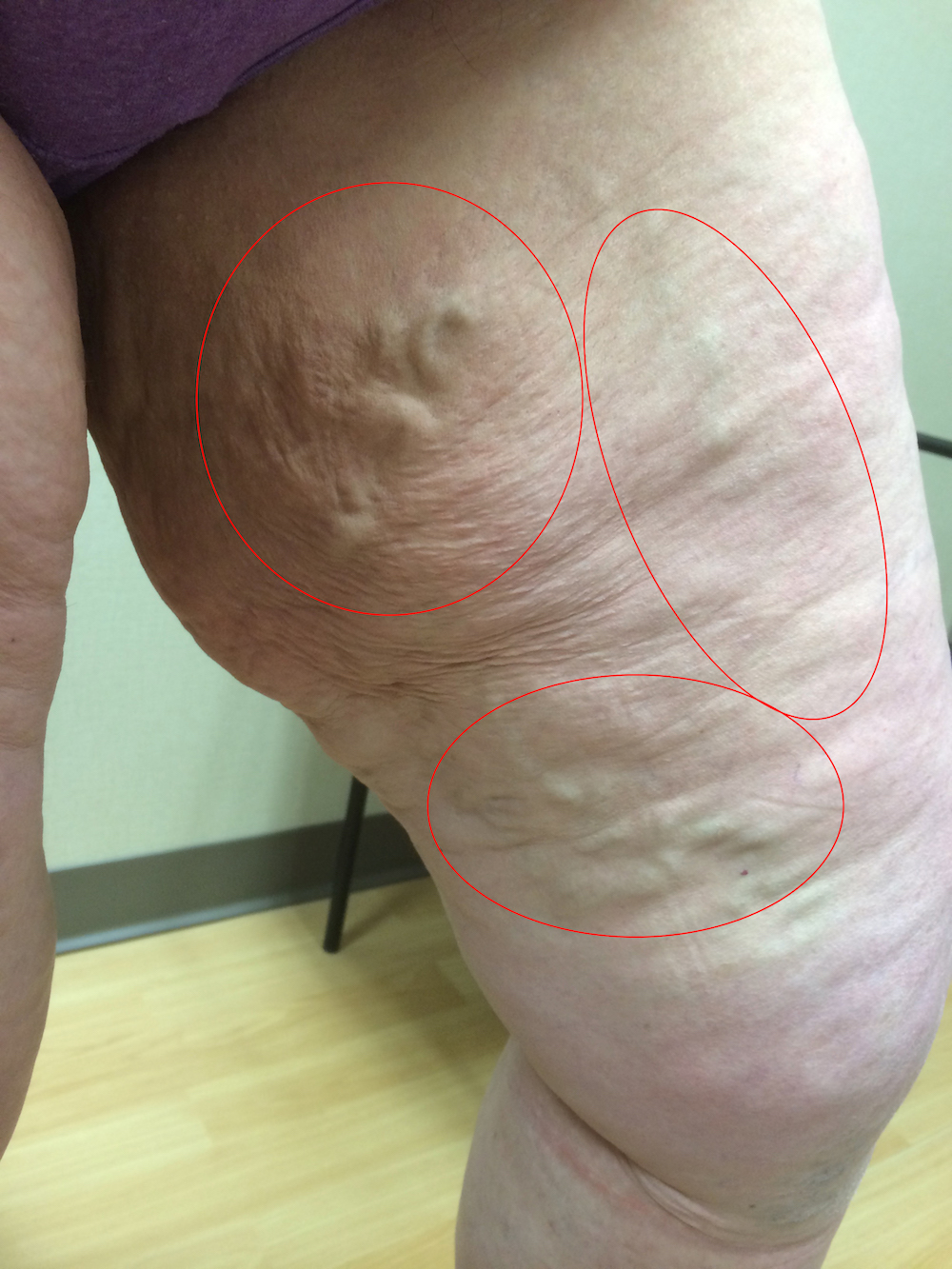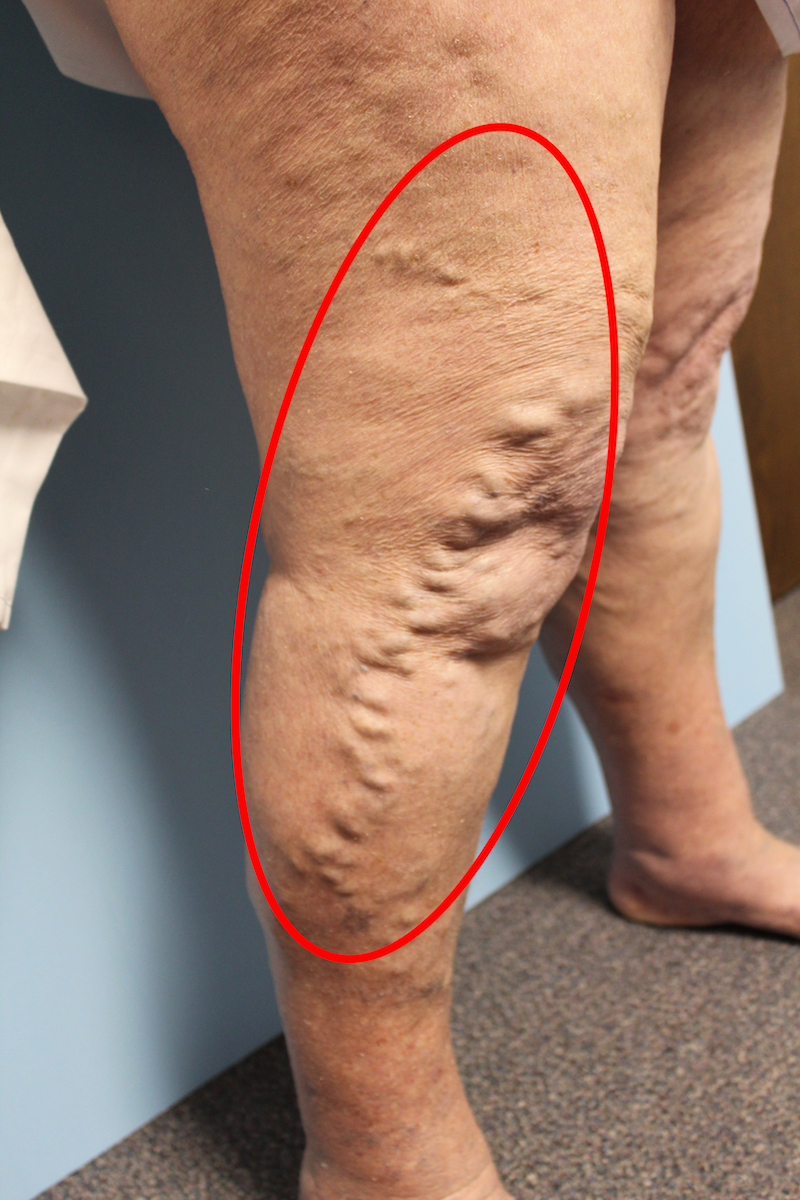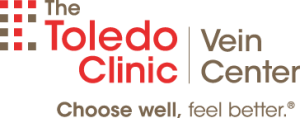Venous Insufficiency
What is Chronic Venous Insufficiency?
Venous insufficiency is a problem with the flow of blood from the veins of the legs back to the heart, also known as chronic venous insufficiency or chronic venous stasis. Veins contain valves that keep the blood moving in one direction, returning it towards the heart. In most cases of venous insufficiency, the valves in the veins of the leg don’t work properly, causing blood to pool in the lower extremities, and leading to one or more of the following symptoms:
Symptoms of Venous Insufficiency can include:
- Swelling, often in the ankles, feet or legs
- Spider and varicose veins
- Itching or cramping in legs and restless legs
- Leg skin sores or ulcers
- Spontaneous bleeding of leg veins
- Leg aching or a feeling of heaviness
- Hyperpigmentation- brownish discoloration of the legs and ankles
Schedule an Appointment
Want to book an appointment with us? Fill up the form below to get appointment.

Risk Factors for Venous insufficiency include:
- Female more than males
- Family history of varicose veins
- Currently, or have recently been pregnant
- Overweight
- Jobs requiring long periods of standing
- Sedentary lifestyle
- Have a personal history of phlebitis or deep vein thrombosis (DVT)
- History of leg trauma
Common Treatments for Venous Insufficiency include:
- Exercise – Increase your amount of exercise, especially walking. This will increase blood flow and prevent pooling of blood in your veins.
- Movement – Avoid standing or sitting for a long time, as this can increase pooling of blood/fluid in your legs.
- Leg Elevation-Keep your legs raised above your heart when lying down, as this can reduce swelling
- Compression stockings – Compression stockings are a common treatment for mild to moderate venous insufficiency. These special stockings, which are tighter at the ankles than at the top of the legs, reduce swelling and can relieve pain by promoting positive blood flow. They can also help venous skin ulcers heal. These are typically used in the initial conservative treatment of venous disease.
- Maintenance of a healthy weight and weight loss as needed


Outpatient Treatment for Venous Insufficiency
For more advanced cases of venous insufficiency, several minimally invasive treatments are available at the Toledo Vein Center, which include:
Sclerotherapy
In this procedure, your physician will inject small and medium-sized varicose veins with a solution that scars and subsequently closes those veins. In just a few weeks, treated varicose veins should fade. Some patients with extensive disease may require multiple treatments to ensure optimal results.
Radiofrequency Ablation
In this procedure, your physician will insert a thin tube (radiofrequency catheter) into an enlarged vein and heat the tip of the catheter using radiofrequency energy. This heat destroys the diseased vein by inducing it to collapse and subsequently close and is performed along the length of the diseased vein in a step-wise fashion. This is performed under local anesthesia using ultrasound guidance with minimal discomfort to the patient.
Ambulatory Microphlebectomy
In this procedure, your physician will remove tortuous varicose veins through a series of tiny skin incisions, approximately 1-2 millimeters in length. This procedure is performed using local anesthetic with minimal discomfort to the patient.
